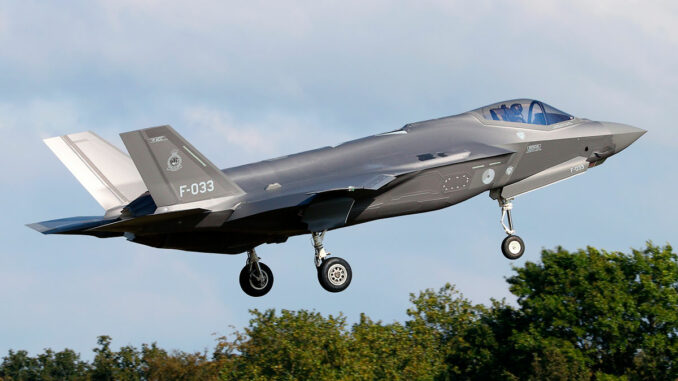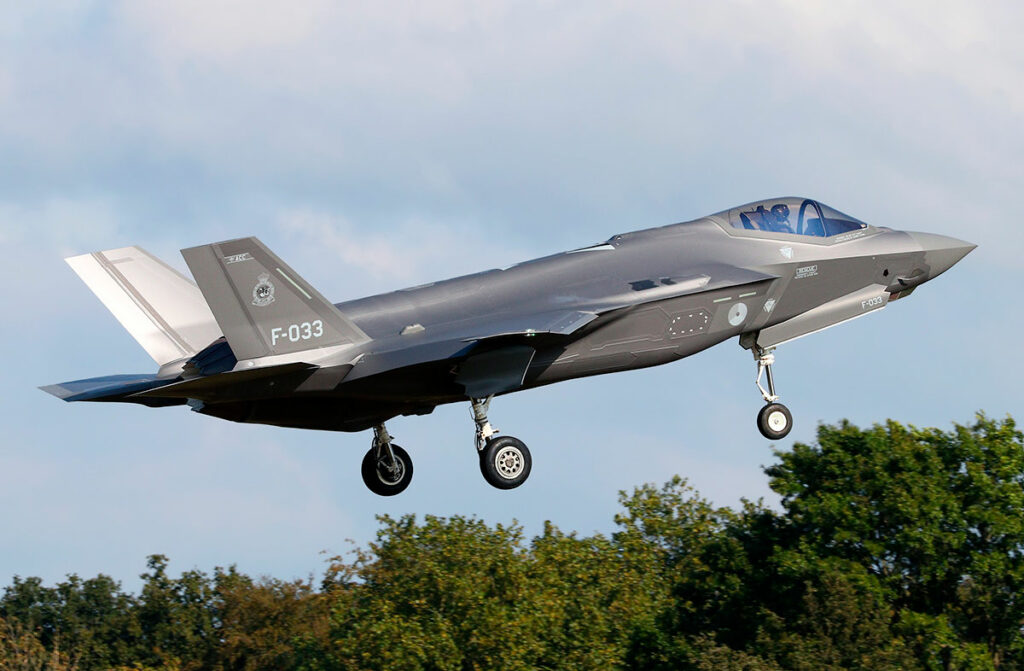
NATO’s Steadfast Noon exercise mobilizes 2,000 military personnel and over 60 aircraft to test the Alliance’s nuclear deterrence capabilities.
The Steadfast Noon exercise is NATO’s annual demonstration of its nuclear capacity, involving more than 60 aircraft of various types, such as fighter jets, bombers, and refueling planes. This exercise, which does not involve the use of live weapons, focuses on reinforcing NATO’s nuclear deterrence and includes 2,000 military personnel from several airbases. The flights take place primarily over Western Europe, including Belgium and the Netherlands. This type of training is crucial to ensure the security and effectiveness of the Alliance’s nuclear deterrence while sending a strong message to potential adversaries: NATO is ready to defend its Allies.
The strategic importance of Steadfast Noon
The Steadfast Noon exercise plays a vital role in maintaining NATO’s nuclear deterrence capabilities. The Alliance relies on a deterrence doctrine to prevent any act of aggression, ensuring that potential adversaries understand the Allies’ ability to respond to any attack. This exercise mobilizes more than 60 aircraft, including fighter jets and bombers capable of carrying U.S. nuclear warheads. Although no live weapons are used during the training, these aircraft demonstrate NATO’s technological capability and operational readiness of its air forces.
This year, the exercise is conducted mainly over Western Europe, particularly in Belgium, the Netherlands, the North Sea, and the United Kingdom. These locations are not chosen randomly but reflect strategic areas of the Alliance, allowing NATO to strengthen regional ties and improve coordination in times of crisis.
Multinational coordination and technological engagement
One of the key aspects of Steadfast Noon is multinational cooperation. In 2024, this exercise involved 2,000 military personnel from 13 allied countries. The goal is to enhance the skills and coordination between NATO members by testing the forces’ ability to collaborate quickly and effectively in the face of threats. Each nation contributes its aircraft and expertise, forming a collective force.
Among the participating aircraft are Dutch F-35A fighters, which are, for the first time, ready to perform nuclear missions. This marks a turning point in NATO’s nuclear capabilities, as the F-35A are fifth-generation fighter jets equipped with advanced stealth, detection, and weaponry technologies. Their integration into the exercise demonstrates NATO’s ongoing adaptation of its capabilities to a rapidly changing geopolitical environment.

Continuous preparation for credible deterrence
NATO has established a framework of continuous preparation through regular exercises like Steadfast Noon. These annual drills go beyond simulations, incorporating technological tests, crisis scenarios, and allied coordination simulations to ensure that NATO’s response would be effective in the event of a real threat. By testing nuclear capabilities through complex exercises, the Alliance ensures that its deterrence is both credible and adaptable to emerging threats.
In 2024, the emphasis has been placed on integrating new technologies, such as advanced reconnaissance systems and onboard electronics. The participating aircraft include refueling planes, escort fighters, and long-range bombers. These assets provide significant operational autonomy and ensure that, even in the event of prolonged conflict, the Allies can maintain a viable nuclear response.
Economic and geopolitical consequences of Steadfast Noon
The impact of this exercise extends beyond the military realm. It sends a clear political signal: NATO remains an alliance prepared to defend its members against any form of threat. By testing its nuclear capabilities, NATO ensures that its deterrence remains effective in the face of evolving adversarial strategies. Economically, these exercises mobilize significant resources: maintaining the aircraft, training the pilots, and organizing the logistics cost several million euros each year.
In the long term, these costs are seen as an investment in the security of NATO members. Countries like Belgium and the Netherlands, which participate in the exercise, not only strengthen their national security but also contribute to broader regional stability. This can have positive economic ripple effects, as a secure environment attracts foreign investments and fosters cross-border trade within the European Union.
The continuity of nuclear deterrence in an uncertain world
The Steadfast Noon exercise highlights that nuclear deterrence remains a cornerstone of NATO’s defense strategy as long as nuclear weapons exist. The exercise reflects the Alliance’s continued commitment to preserving peace while deterring any form of coercion. In a world where geopolitical tensions are increasing, NATO strives to maintain a balance between prevention and preparation.
NATO’s nuclear capabilities, along with its defensive posture, aim to deter any attack before it occurs. However, member states emphasize that these weapons will only be used as a last resort, underscoring the defensive nature of the Alliance’s strategy.
War Wings Daily is an independant magazine.